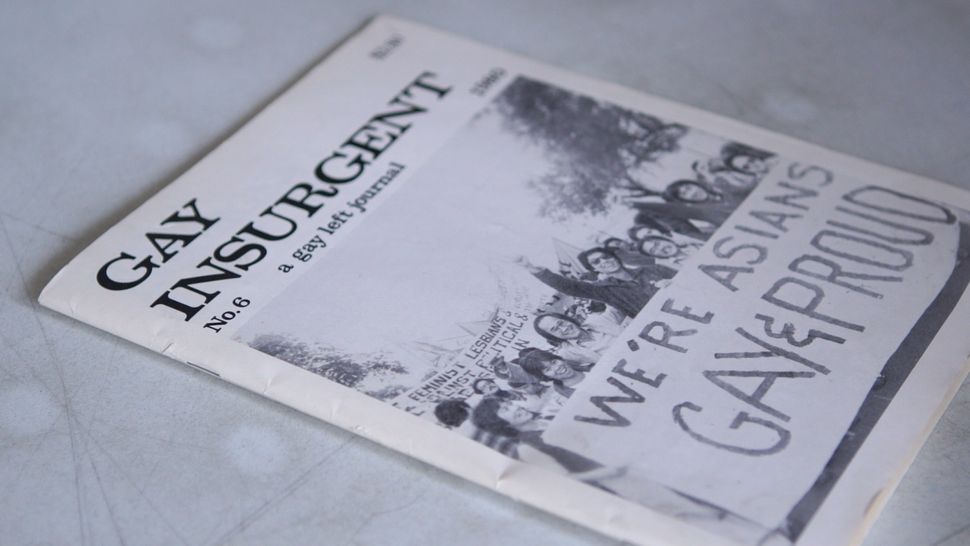
Filmmaker Patrick G. Lee wasn’t expecting to come across any references to queerness while walking through New York’s Museum of Chinese in America. But there it was: the cover of a 1980 issue of Gay Insurgent, on which a group of Asian-Americans held a banner reading, “We’re Asians, gay & proud.”
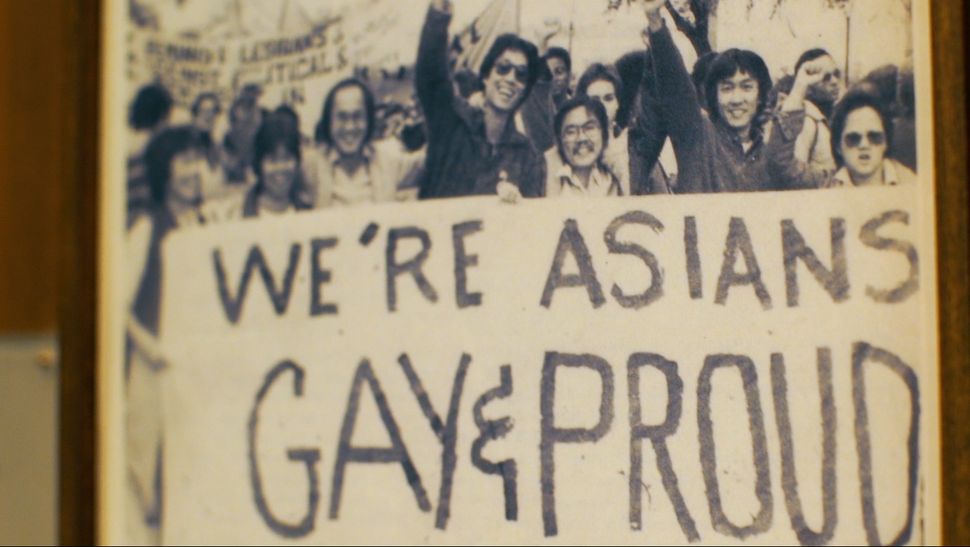
“What is the story behind this? Who are these people?” he recalled thinking. “I figured there must be other things like this across the country where people have had similar experiences of doing a double take and thinking, ‘Whoa, what is this, and how did it come to exist?’”
These questions provided the basis for Lee’s NBC web series, “Searching for Queer Asian Pacific America,” released throughout Pride month. Across five episodes, he explores what it means to be queer and Asian in America while casting a spotlight on the often overlooked impact of queer Asian-Americans on queer history.
Lee chatted with HuffPost about finding queer Asian elders and making their stories accessible, why examples of queer Asians in U.S. history can be difficult to find and what knowing their stories might have meant to him as a young queer man.
In your exploration of queer Asian culture, you focused partly on historical references and establishing continuity between the past and present. Why did you decide to take that route?
As a queer Asian-American, it always felt hard for me to access a sense of history or lineage of where I come from. It seemed like everything was new or forming or developing and there wasn’t much of a history as queer Asian-Americans that we can easily access and draw on, especially if you’re thinking about chosen family ― who our ancestors are and the history of the community as queer Asian-Americans.
That was my personal motivation ― having this gut feeling that we do have a history. Queer Asian-Americans have been around in the U.S. as long as Asian-Americans have been here. I wanted to seek that out and lift up some of those stories.

It sounds as though you were trying to identify queer history within Asian-American history and Asian-American history in queer history.
Exactly. The fact that there isn’t that much Asian representation in queer history or queer representation in Asian history also speaks to the double marginalization of queer Asians in general and the difficulty in just navigating political and social life today. In Asian spaces sometimes you might feel like you have to go back into the closet to be taken seriously or to have clout. In queer spaces, you might feel exoticized or fetishized or just stereotyped in a very particular way that makes you feel othered. So hopefully this series around queer Asians and American history helps break that down by giving our community a very solid sense that we’ve been around doing this work for a long time and there aren’t any contradictions to being both queer and Asian.
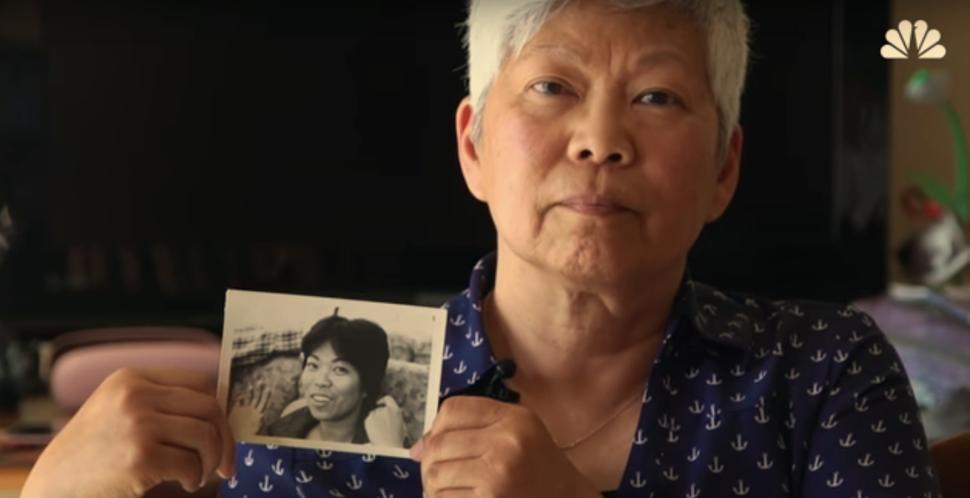
The contributions of other groups of people of color to queer history are fairly well documented, even if they are often overlooked. Why do you think we don’t hear as much about the role of Asian-Americans in queer history?
In the ’70s and ’80s, a lot of Asian queers were actually really active in civil rights and solidarity movements. But even though Asian queers were often at the forefront of these political groups on the left and advocating for Asian-Americans more broadly, to be out as LGBT at that time was political suicide. You could be the leader of XYZ progressive group, but if it was known that you were gay, your group would lose credibility, and you wouldn’t be able to do the work you’re doing.
So people just made that sacrifice. You had people who were out with their friends and family, but you couldn’t be out in a political sense because it just wasn’t strategic. A lot of stories were being reported as Asian-American history when they were actually also queer history. For me, that relates to the whole idea of intersectionality: We’re queer and Asian all the time. We don’t get to turn one of them off and on just when we want to.
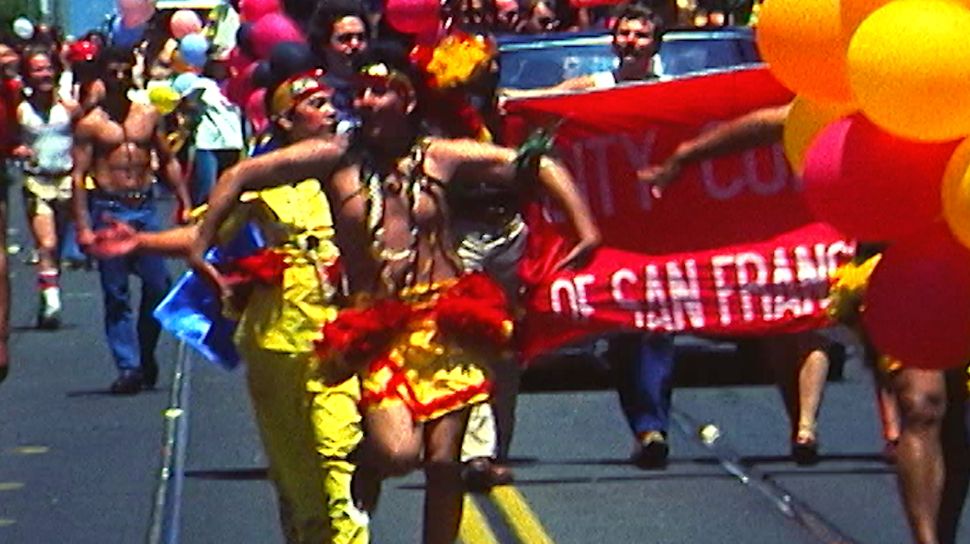
What have you learned that has surprised you the most?
The rhetoric that you hear a lot around history or even just storytelling in general often refers to someone discovering or unearthing a piece of history. I think in doing this project, I realized that kind of rhetoric isn’t accurate. It’s not like someone just discovered these stories. They’ve always been out there. People have always been passing them on. People just haven’t been listening. Even within the queer Asian community, our elders have personal archives. They pass these stories on to younger generations, and it’s the work of younger generations to really pay attention to these stories and also create meaningful ways for others to access them so it’s not just a bunch of newspaper clippings in someone’s basement.
I think I really started to reframe the work not as discovering these stories but saying, this stuff has always been around, it’s always been here, and we need to document it and make it accessible before it disappears.
Another thing that was surprising in doing this project was that a lot of the questions and personal and political journeys that queer elders went on in the early ’80s are so relevant to today. If you closed your eyes and just listened to some of these folks talk, I think it’d be hard to distinguish if they were talking about the ’80s or talking about today.
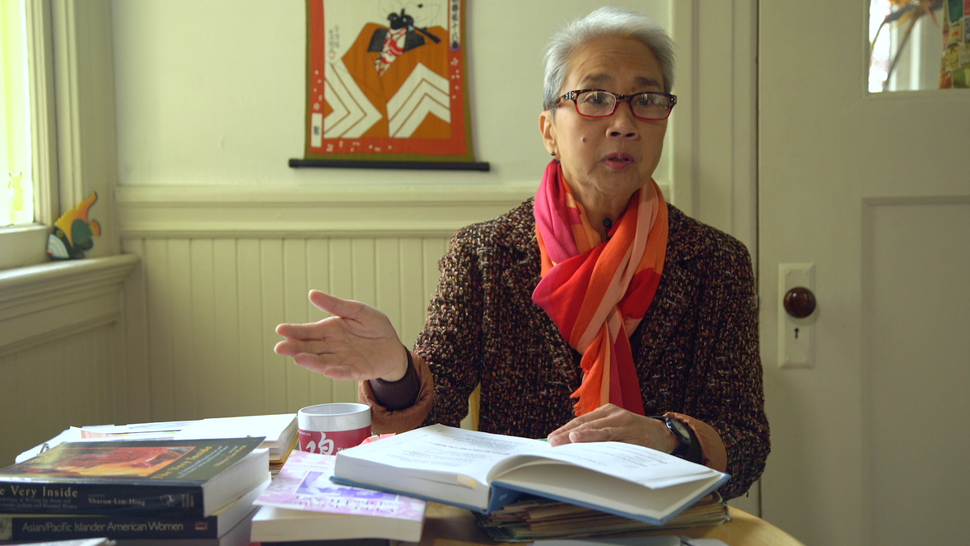
Was there a specific theme you recall hearing elders reflect on that particularly resonates with queer Asian-Americans today?
There’s definitely a recurring theme around family acceptance and visibility. Hearing queer Asian elders talk about how they first came out to their families or the first pride march they walked in is what I think still resonates today.
There’s also the fact that queer Asian elders started organizing for civil rights and anti–Vietnam War protests ― issues that affect everybody and not just queer people or Asian people. That makes me really proud, that we’re carrying on this legacy that our ancestors laid down for us and doing the work in a really broad way.
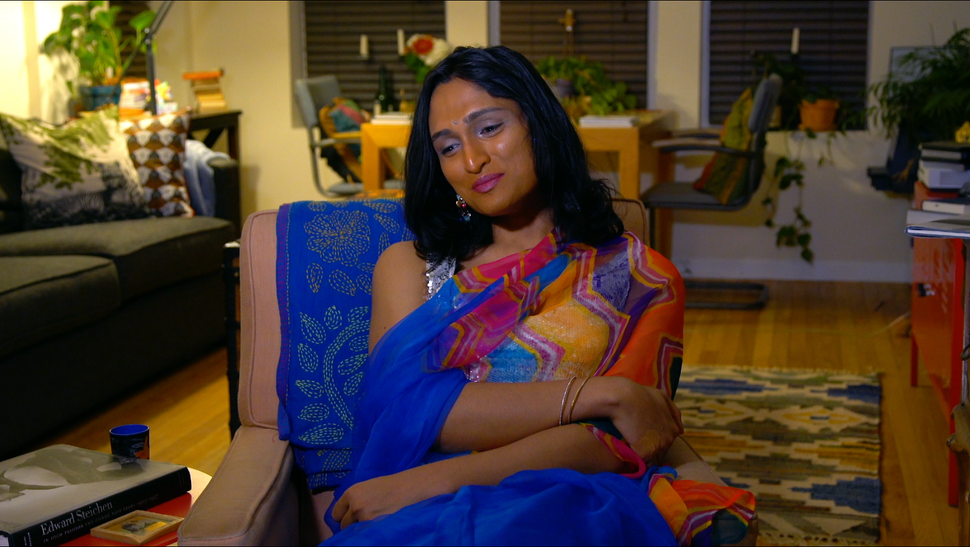
What would it have meant to have more access to the stories and experiences of American elders when you were younger?
One thing I talk about with my friends who are also queer [people of color] is, we sometimes feel like to be a queer person of color, your timeline is kind of pushed back by five or 10 years. Maybe your white queer friends came out in high school or even middle school and started that whole journey then, but I feel like most of my queer Asian friends, maybe we came out in college or even after getting our first jobs. Everything starts a little later.
I feel like if I had had access to queer Asian history growing up, it would have just created more possibilities for me sooner. Maybe I could have been someone who came out in high school or came to that personal realization sooner, as a teenager. Not that I would change anything or I regret how things have progressed in my own life, but I think having these references for the queer Asian community could have been really empowering, to sort of own my queerness and my Asianness at the same time. Whereas in my life, I feel like I came to terms with my Asianness and my queerness separately, and then I started thinking about them in relationship to each other. Just having examples of the fact that you can be queer and Asian at the same time and hold them in your brain together.
Watch all episodes of “Searching For Queer Asian Pacific America” here.
This interview has been edited and condensed for clarity and length.